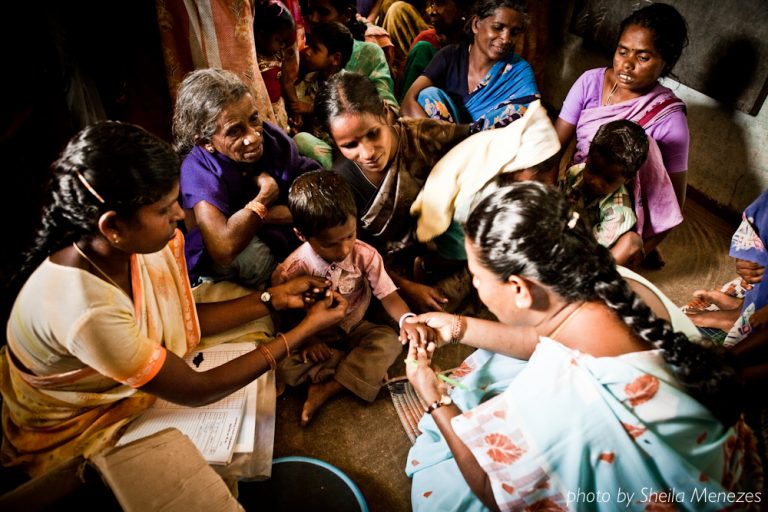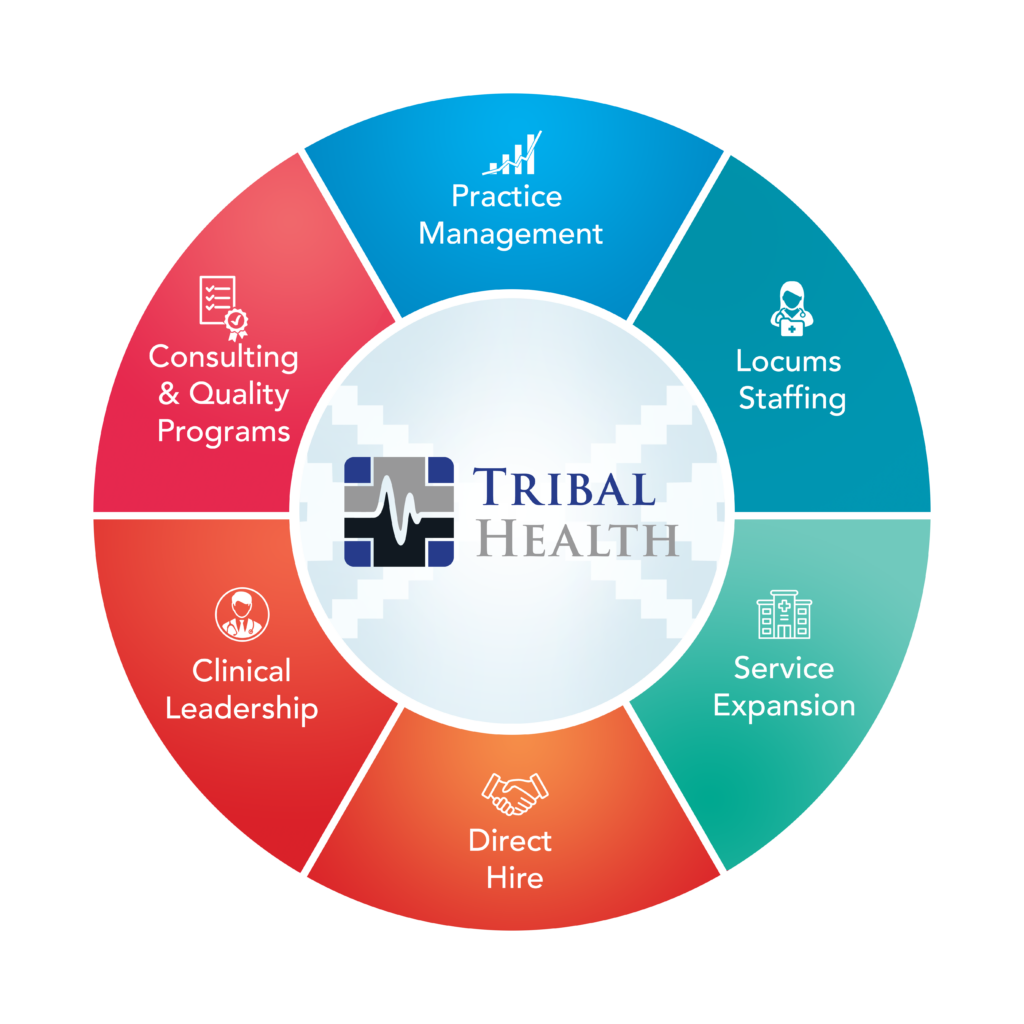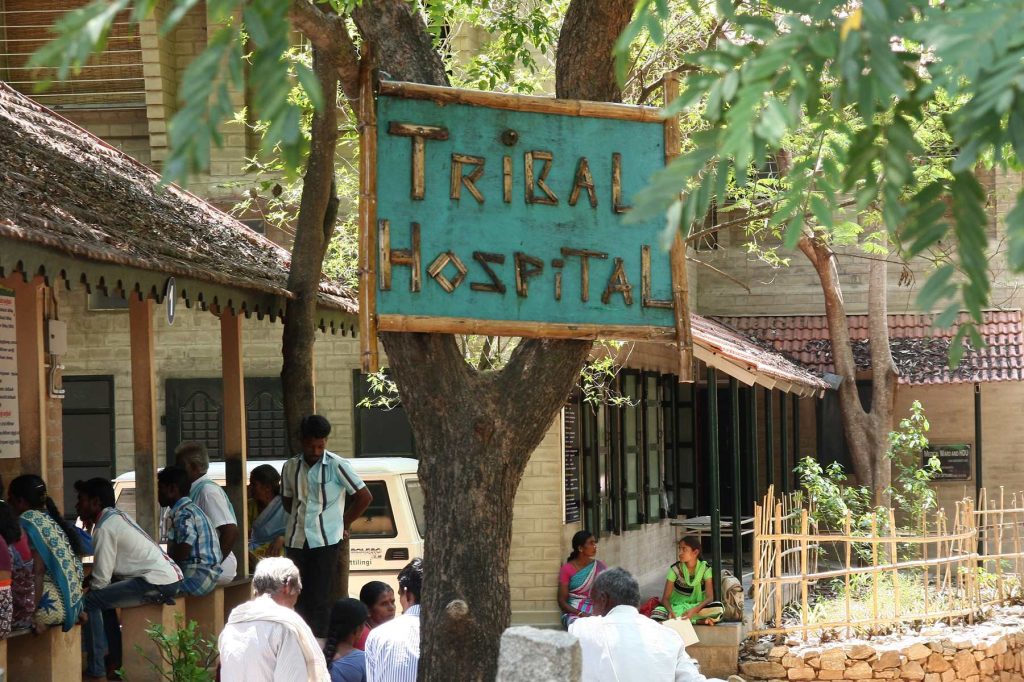Tribal health care remains one of the most pressing challenges in global public health systems. Communities living in remote and underserved regions often face significant barriers to accessing quality medical services, leading to disparities in health outcomes. The lack of infrastructure, trained professionals, and culturally sensitive approaches exacerbates the situation, leaving millions of tribal populations vulnerable to preventable diseases and conditions. As awareness grows, governments, NGOs, and healthcare providers are increasingly focusing on innovative strategies to improve access and quality of care for these communities.
In recent years, advancements in technology and policy reforms have opened new avenues for addressing tribal health care challenges. Telemedicine, mobile health clinics, and community health worker programs are among the initiatives gaining traction. However, the path to success requires a deep understanding of cultural nuances, geographic limitations, and socioeconomic factors that influence health-seeking behavior in tribal regions. This article delves into the complexities of tribal health care, offering insights into existing challenges, potential solutions, and the role of stakeholders in creating sustainable change.
By prioritizing tribal health care, we can pave the way for healthier, more equitable societies. The journey involves collaboration, innovation, and commitment to ensuring that every individual, regardless of location or background, has access to the care they deserve. This article aims to shed light on the critical issues surrounding tribal health care while providing actionable insights for policymakers, healthcare professionals, and advocates dedicated to this cause.
Read also:Unveiling The Power Of Wfmy 2 Radar Your Ultimate Weather Companion
Table of Contents
- Why is Tribal Health Care Important?
- Challenges in Tribal Health Care
- What Are the Key Barriers to Accessing Care?
- How Can Technology Transform Tribal Health Care?
- Sustainable Solutions for Tribal Health Care
- Community-Based Initiatives in Tribal Health Care
- Who Should Lead the Change in Tribal Health Care?
- Policies Supporting Tribal Health Care
- The Role of NGOs in Tribal Health Care
- Future Outlook: What Lies Ahead for Tribal Health Care?
Why is Tribal Health Care Important?
Tribal health care is a cornerstone of equitable development, ensuring that marginalized populations receive the same level of attention and resources as urban communities. Tribal populations often reside in areas with limited connectivity, making it difficult for them to access basic health services. This disparity not only affects their physical well-being but also impacts their socio-economic growth. Addressing these gaps is crucial for reducing poverty, improving education, and fostering inclusive growth. Moreover, investing in tribal health care can help preserve cultural heritage by empowering communities to thrive without losing their identity.
Challenges in Tribal Health Care
The journey toward improving tribal health care is fraught with numerous challenges. Geographic isolation, lack of infrastructure, and insufficient funding are just a few obstacles that hinder progress. Many tribal regions lack essential facilities like hospitals, clinics, and pharmacies, forcing residents to travel long distances for treatment. Additionally, the shortage of trained healthcare professionals willing to work in remote areas exacerbates the problem. Cultural barriers, such as mistrust of outsiders and unfamiliarity with modern medicine, further complicate efforts to deliver effective care.
What Are the Key Barriers to Accessing Care?
Several key barriers hinder access to tribal health care. First, the remoteness of tribal settlements makes it challenging to establish permanent health facilities. Second, the lack of transportation options prevents individuals from reaching existing services. Third, financial constraints limit the ability of tribal families to afford medical expenses. Lastly, language and cultural differences create communication gaps between healthcare providers and patients, leading to misunderstandings and poor compliance with treatment plans.
How Can Technology Transform Tribal Health Care?
Technology holds immense potential to revolutionize tribal health care. Telemedicine platforms enable remote consultations with specialists, reducing the need for patients to travel long distances. Mobile health applications provide educational resources and reminders for preventive care. Drones and other innovative delivery systems can transport medicines and supplies to hard-to-reach areas. By leveraging these tools, healthcare providers can overcome geographic and logistical challenges, ensuring timely and effective care for tribal populations.
Sustainable Solutions for Tribal Health Care
Sustainability is key to addressing the long-term needs of tribal health care. Governments and organizations must focus on building resilient systems that can withstand external pressures. Investing in local talent, such as training community health workers, ensures continuity of care. Developing partnerships with private sector entities can enhance resource allocation and innovation. Additionally, integrating traditional healing practices with modern medicine can foster trust and acceptance among tribal communities.
Community-Based Initiatives in Tribal Health Care
Community-based initiatives play a vital role in improving tribal health care. Programs that involve local leaders and elders in decision-making processes are more likely to succeed. These initiatives often focus on preventive care, nutrition, and sanitation, addressing the root causes of health issues. For example, some projects have successfully reduced malnutrition rates by promoting home gardening and educating mothers about balanced diets. Such grassroots efforts empower communities to take charge of their health and well-being.
Read also:Fairfield Inn Orangeburg Sc Your Ultimate Stay In South Carolina
Who Should Lead the Change in Tribal Health Care?
Leadership in tribal health care requires a collaborative approach involving multiple stakeholders. Governments must set policies and allocate budgets, while NGOs and private organizations can provide technical expertise and funding. Tribal leaders and community members should be actively involved in designing and implementing programs to ensure they align with cultural values and priorities. Ultimately, success depends on shared responsibility and mutual respect among all parties involved.
Policies Supporting Tribal Health Care
Effective policies are essential for advancing tribal health care. National and regional governments must prioritize funding for healthcare infrastructure in tribal regions. They should also introduce incentives for healthcare professionals to work in underserved areas. Policies that recognize and integrate traditional healing practices into mainstream healthcare systems can help bridge cultural divides. Furthermore, data collection and monitoring mechanisms should be established to evaluate the impact of interventions and inform future strategies.
The Role of NGOs in Tribal Health Care
Non-governmental organizations (NGOs) are instrumental in driving tribal health care initiatives. Their flexibility allows them to operate in challenging environments where government programs may fall short. NGOs often partner with local communities to design and implement tailored solutions. They also advocate for policy changes and raise awareness about the unique needs of tribal populations. Through their efforts, NGOs contribute significantly to improving health outcomes and fostering sustainable development in tribal regions.
What Lies Ahead for Tribal Health Care?
The future of tribal health care looks promising, thanks to growing recognition of its importance and increasing investments in innovative solutions. As technology continues to evolve, new opportunities will emerge to overcome existing barriers. However, sustained commitment and collaboration are essential to translating these advancements into tangible benefits for tribal populations. By focusing on inclusivity, equity, and sustainability, we can create a world where every individual has access to quality health care, regardless of their circumstances.
Conclusion
Tribal health care represents a critical frontier in global health development. Addressing the unique challenges faced by tribal communities requires a multi-faceted approach that combines policy reforms, technological innovation, and community engagement. By working together, stakeholders can build a robust framework for delivering comprehensive and culturally sensitive care. The journey may be long, but the rewards—healthier, more resilient communities—make it worthwhile. Let us commit to making tribal health care a priority and a reality for all.


